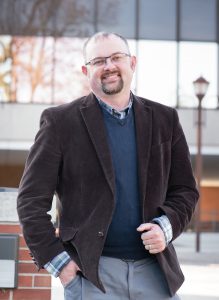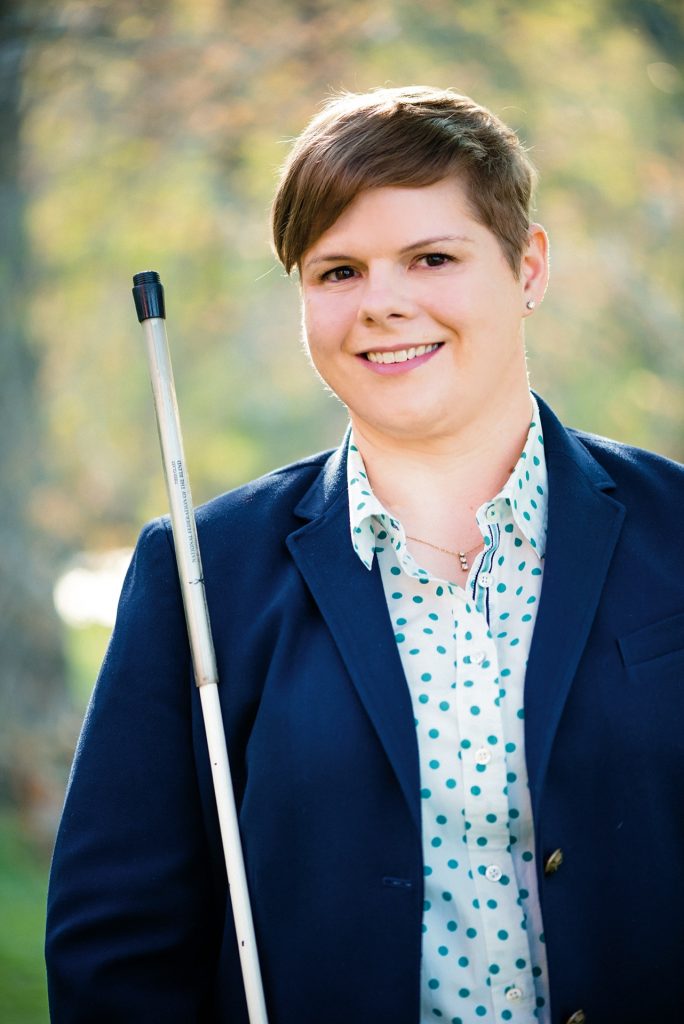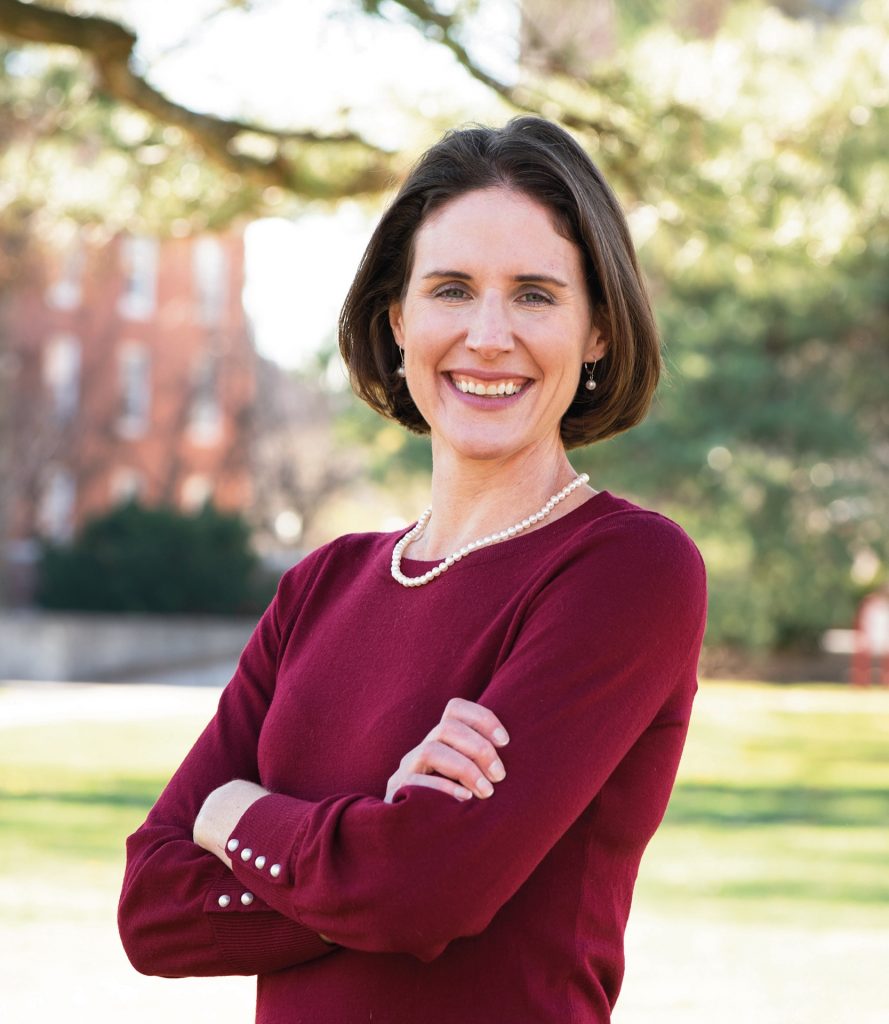Last spring, the coronavirus (COVID-19) pandemic upended education in the United States. From kindergarten to college, schools had to revamp completely how they delivered courses as they abruptly moved from in-class instruction to remote learning.
In general, the transition was … rough. Across the country, students and teachers quickly grew frustrated with a situation in which homes became makeshift schools, Zoom replaced in-class instruction, and parents, or the students themselves, served as surrogate educators.
Appears InIllinois State faculty have been researching the fallout from the pandemic in different parts of the education system. Below are snapshots from a few of those studies and what lessons educators may have learned from what everyone hopes is a once-in-lifetime scenario but one that could leave lasting changes.
Shock to higher ed
Drs. Vicki Hosek and Jay Percell have developed online curriculum, taught online courses, and participated in professional development for online education, so it was natural for them to study how college students and faculty adapted once the pandemic shut down in-class instruction. The researchers analyzed surveys from 172 Illinois State undergraduate students and 52 faculty about the transition to virtual learning.
“We wanted to really dial into what the students’ needs were in times of crisis, and instructors needs in times of shifting to online, and then just the academic needs of students shifting to online and how that looks different,” said Hosek, an assistant professor in the School of Teaching and Learning. “We figured that would highly inform our online practices. If it would help us, it might help other instructors too.”
The professors asked the students about their attitudes and experiences with online classes. Many of the students were having to adjust to a new way of learning, in addition to being stressed from the crisis, not seeing friends and family, and dealing with the virus.
“The teacher candidates who are in front of me, they appreciate, to some degree, what they were able to do online, especially being prepared to teach in that kind of a remote setting,” said Percell, an assistant professor in the School of Teaching and Learning. “But they were disappointed in that they didn’t have the choice they wanted. They didn’t want it to come at the expense of their face-to-face opportunities.”
“We wanted to really dial into what the students’ needs were in times of crisis.”
Dr. Vicki Hosek
The sudden shift to online was a shock to the system for professors as well. Many reported trying to substitute their in-person lectures with ones on Zoom, thinking they would accomplish the same thing. “We know from the research that that is absolutely not the case,” Hosek said. “But when you’re in a situation like that, and forced to go into that, without any preparation, and potentially without the professional development to do so, they reverted back to very traditionalist methodology.”
Hosek and Percell spent last fall reviewing data from the study. They had some of the participants journal about their experiences last year and then again this year to gain insight into students’ socioemotional and professors’ professional development needs.
“I think it’s a really exciting piece for a difficult and challenging time,” Percell said. “It has the potential to offer some really good insight for instructors as they’re moving forward in designing instruction remotely.”
Barriers for blind people
Technology accessibility has long been a problem encountered by blind students, said Dr. Natalie Shaheen, an assistant professor of Special Education and a former teacher of disabled students. The pandemic made a difficult situation even worse.
“Blind students face barriers around technology, irrespective of whether we have a pandemic or not,” said Shaheen. “A large chunk of the technology that is used both in K-12 and in higher education is not accessible. When you force everything into technology, that means you’re only just going to increase the number of times that the blind students have to confront those barriers, because they’re dealing with more technology.”
Last year, Shaheen conducted a study she had planned to do before the pandemic: to research blind students’ experiences in technology-mediated learning environments. She interviewed 16 blind students between the ages of 13 and 22 from across the country about what they experienced in schools that she discovered were ill-prepared for remote learning.
“Frankly, how could anyone have been prepared for any of this. Schools really weren’t prepared to meet the needs of nondisabled kids. And they certainly were not prepared to meet the needs of disabled kids,” Shaheen said.
Not being able to access the same tools and lessons as other students places an emotional burden on blind students and is a form of oppression, Shaheen said. “I use that word oppression very intentionally to recognize that this is significant. This isn’t a little barrier. Because it’s everywhere, and it’s constant. It causes disabled students, blind students, extra labor.”
One student reported keeping a hard-copy Braille list in their backpack as a reminder of which devices they could use to access different websites or apps.
“These kids literally have to keep a list of all this inaccessible stuff that they have to interact with, and what’s the best technology they can use to get something, anything from it,” Shaheen said.
The reliance on technology prevented blind students from engaging in the type of tactile learning, especially in the STEM subjects, from which they benefit. Many students also experienced a delay in getting lessons or schoolwork, specifically due to the increased prevalence of inaccessible PDFs.
“So imagine this. We are in a math class. And I’m blind; you’re sighted. We’re supposed to download this PDF from a learning management system, and do our math problems while we’re on Zoom with the teacher, but my screen reader can’t read that PDF. And then I’m told this, ‘Oh, Natalie, it’s OK. You can do something else right now. And we’ll get you that information in an accessible format, as soon as we can.’ You know, a week later, I get that information.”
Shaheen hopes her study can persuade educators to keep accessibility top of mind all of the time.
“When they hear from the kids, their hearts and minds start to change, right? Because educators get into teaching because they want to help the kids.”
When the music stopped

How do you hold band practice over Zoom? You can’t, said Dr. Phillip Hash, an associate professor of music education who surveyed 462 high school band directors across Illinois last year about the transition to remote learning.
“It’s very difficult to teach band instruments—or any instruments or any music—online because of the delay,” Hash said. “When you see those virtual concerts, on Facebook or wherever, those aren’t students all singing together at once. Those are students who have made individual recordings.”
Most of the directors reported that band continued last spring, mostly online. However, some school districts, especially in rural Southern Illinois, sent home learning packets to students.
“I think the thing that was probably the most obvious was that students who were in low socioeconomic schools, underserved schools, rural and urban, that they had less access to technology, less access to the internet,” Hash said. “And that moving towards the remote learning, probably widened that gap between the students who have resources and the students who do not have resources.”
Hash asked the directors what type of software they used, what activities they did online, what assignments they gave, and what student participation was like. The directors were most concerned about ensuring they could offer band through the end of the school year.
“This is something that the teachers hadn’t really had any preparation in,” Hash said. “And they had to pivot immediately without any kind of in-service training about remote learning. And they’re trying to switch to a platform that really isn’t conducive to what band and orchestra require.”
The students not only lost out on the camaraderie that is central to band but had to deal with pandemic-related stress at home, such as sharing a computer with siblings or having their parents losing their jobs.
Hash’s study, “Remote Learning in School Bands during the COVID-19 Shutdown,” appears in the Journal of Research in Music Education, the premier academic journal in his field. He hopes his research will offer some insight about how music educators can conduct remote learning in the future.
“Music educators are going to need to know how to do this,” Hash said. “Not only because of the pandemic, but because it does open up some opportunities for us or for teaching, for bringing in guest artists in our classroom, for having students maybe work together in smaller group collaboration.”
Chemistry at home
Learning took a back seat in high school chemistry classes once the pandemic struck, according to two Department of Chemistry researchers. In two separate studies Assistant Professor of Chemistry Education Dr. Sarah Boesdorfer and Professor Dr. Willy Hunter surveyed chemistry teachers across the nation. Boesdorfer, who surveyed and conducted longer interviews with teachers in Illinois and Iowa, and Hunter, who surveyed teachers in the remaining states, both found important changes in teachers’ goals.
“They kind of shut down the learning a little bit because most of the teachers reported they didn’t know if their students were logging in,” Boesdorfer said. “They couldn’t hold them accountable for the work, so they had no idea what they were learning.”
Boesdorfer said the teachers had relied on interaction with students to do their formative assessment. “So knowing if their students understand was very much dependent on their conversations. And so when they lost that conversation, they lost a lot of understanding of what their students were doing.”
In Hunter’s work, the most important finding was that educators still attempted to teach core chemistry content, but that most of the cross-disciplinary concepts and science and engineering practices of the Next Generation Science Standards were quickly left behind as teachers adjusted to their new reality. Both Boesdorfer and Hunter planned to follow up with the teachers later this spring to see the progress the teachers are making now.
Boesdorfer’s research focuses on teacher learning and development. She wanted to discover what the teachers learned by transitioning quickly to remote learning and if they embraced using technology for their classes. They weren’t able to do lab work, except in a few cases where they filmed themselves doing simulations. She hopes to learn how that changed as teachers adapted with her follow-up work in the spring.
“The teachers are not passively accepting that they can’t control everything. They are not giving up.”
Dr. Willy Hunter
“For my purposes, I want to know how do I educate future teachers to either help them in this situation before it happens again, or just in thinking about using more technology in the classroom. And maybe this study is something that helps.”
Teachers reported feeling frustrated and unprepared. However, Hunter applauded them for quickly adapting to the new reality and showing the students that there was a social entity that cared about them.
“The teachers are not passively accepting that they can’t control everything. They are not giving up. They are working actively to teach their students, to live up to their professional and personal goals and responsibilities to do the very best they can.”





